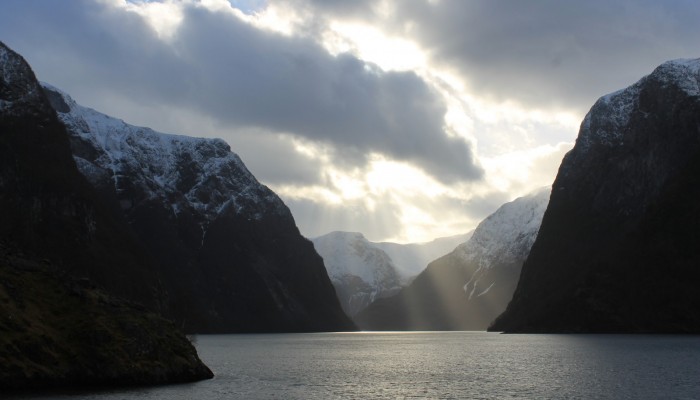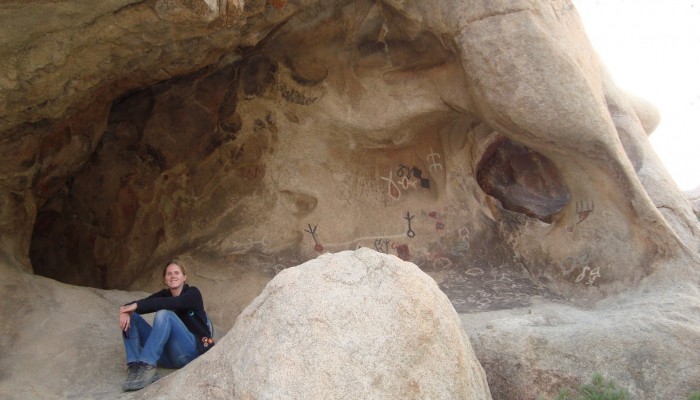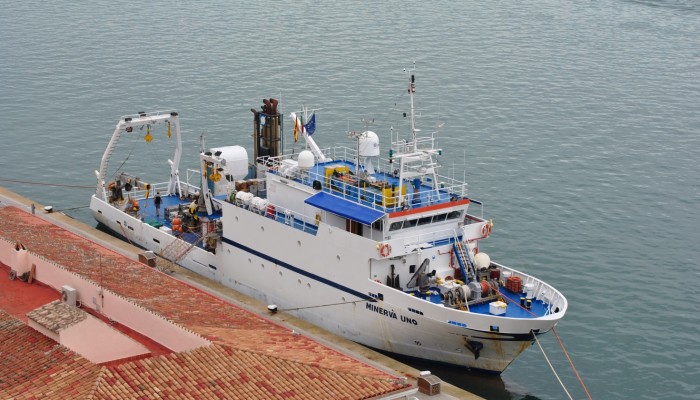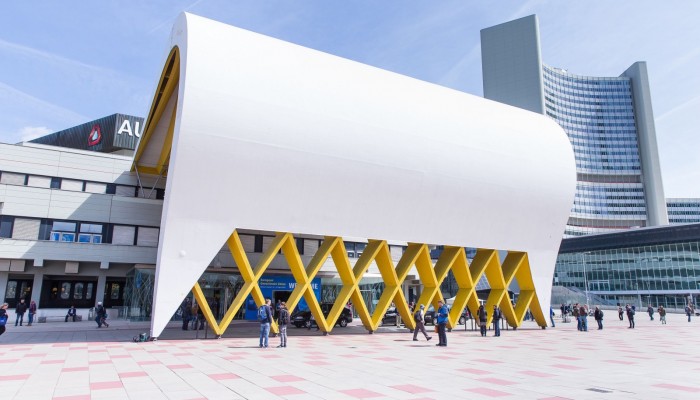In addition to the usual GeoTalk interviews, where we highlight the work and achievements of early career researchers, over the next few months we’ll be introducing the Division early career scientist representatives (ECS). They are responsible for ensuring that the voice of EGU ECS membership is heard. From organising short courses during the General Assembly, through to running Division Blogs an ...[Read More]
Crusing the Mediterranean: a first-hand account of a month at sea – Part 3
This is the final instalment of the adventures of Simona Aracri, a PhD student at University of Southampton, and her colleagues, who spent a month aboard a research vessel, cruising the Mediterranean Sea. Simona and the team of scientists aboard the boat documented their experiences via a blog and we’ve been sharing some highlights over the past few weeks. As we wave goodbye to the research ...[Read More]
EGU 2016: Call-for-abstracts is now open!
From now, up until 13 January 2016, you can submit your abstract for the upcoming EGU General Assembly (EGU 2016). In addition to established scientists, PhD students and other early career researchers are welcome to submit abstracts to present their research at the conference. Further, the EGU encourages undergraduate and master students to submit abstracts on their dissertations or final-year pr ...[Read More]
Imaggeo on Mondays: The world’s narrowest fjord

Feast your eyes on this Scandinavia scenic shot by Sarah Connors, the EGU Policy Fellow. While visiting Norway, Sarah, took a trip along the world famous fjords and was able to snap the epic beauty of this glacier shaped landscape. To find out more about how she captured the shot and the forces of nature which formed this region, be sure to delve into today’s Imaggeo on Mondays post. The Nærøyfjor ...[Read More]



